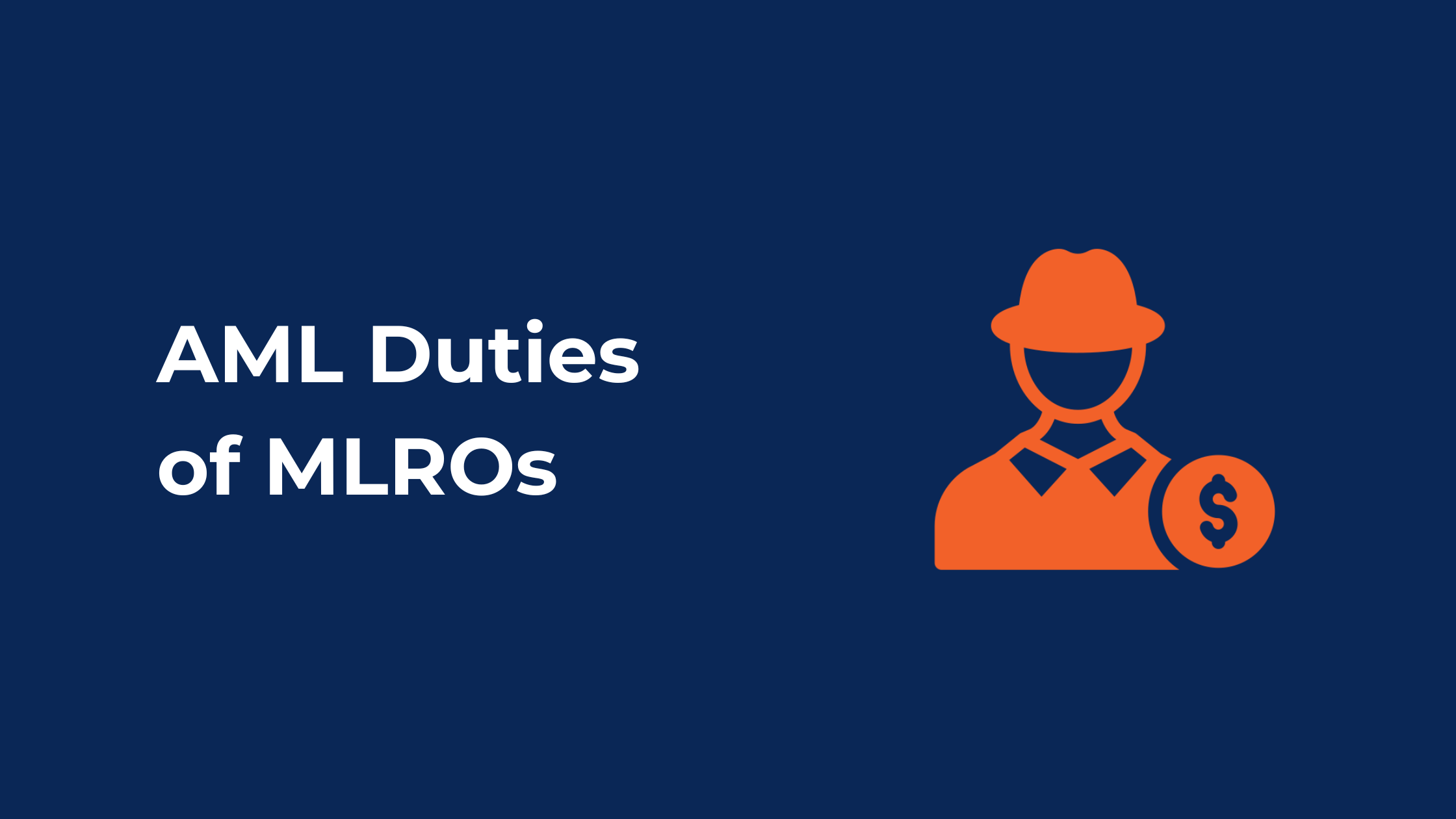Money laundering poses a significant financial crime risk to institutions and it is the role of the Money Laundering Reporting Officer (MLRO) to safeguard institutions against such criminal activities. MLROs are crucial in the implementation and oversight of Anti-Money Laundering (AML) frameworks and policies.
1. Implementation of AML Policies and ML Risk Assessment
The primary role of an MLRO is to establish and maintain robust AML policies and procedures within their institution. These policies are designed to detect and prevent suspicious activities related to money laundering and terrorist financing. MLROs ensure that all staff are well-trained and aware of their responsibilities regarding AML compliance. They work closely with senior management to ensure that the policies align with regulatory requirements and are effectively communicated across the institution.
MLROs are responsible for conducting comprehensive risk assessments to identify potential vulnerabilities within their institution. By implementing AML risk management solutions, they can assess the level of risk associated with different customers, transactions and geographies. This risk-based approach allows financial institutions to allocate resources more effectively, focusing on high-risk areas and mitigating potential threats. MLROs continuously monitor the institution’s risk exposure and adjust their strategies, accordingly, ensuring that the institution remains compliant with evolving regulatory standards.
2. Customer Due Diligence (CDD)
A key function of MLROs is to oversee Customer Due Diligence (CDD) processes. CDD involves verifying the identities of customers and understanding the nature of their financial activities to assess the risk of money laundering. MLROs ensure that effective CDD procedures are in place, including the use of digital identity verification services, which streamline the verification process and enhance accuracy. By conducting thorough CDD, MLROs can identify suspicious activities early on, allowing the institution to take preventive measures before any damage is done.
3. Transactions Monitoring and Reporting Suspicious Activities
MLROs play a significant role in monitoring financial transactions to detect any suspicious patterns that could indicate money laundering. They utilise compliance tools and software to analyse financial transactions and identify red flags, such as large, uncharacteristic transactions or activities that deviate from a customer’s known behaviour. When a suspicious activity is detected, the MLRO is responsible for reporting it to the relevant authority in a prescribed manner. This proactive approach helps prevent financial crimes and ensures that the institution remains compliant with legal obligations.
4. Liaising with Authorities
MLROs serve as the primary point of contact between their institution and regulatory authorities. They are responsible for keeping the institution updated on regulatory changes and ensuring that compliance measures are adjusted accordingly. MLROs also manage communications with regulators during inspections or audits, providing necessary documentation and evidence of the institution’s AML efforts. By maintaining a transparent relationship with regulators, MLROs help build trust and credibility, which is vital for the institution’s reputation.
5. Implementing Compliance Technology
In the digital age, compliance technology plays a critical role in enhancing the effectiveness of AML efforts and MLROs leverage advanced compliance software to streamline internal compliance processes, reduce errors and improve overall compliance outcomes. These compliance technologies provide real-time data and analytics, allowing MLROs to make better and more informed compliance decisions. Integrating these tools into AML frameworks, MLROs can enhance institutions’ abilities to prevent money laundering transactions.
The role of MLROs in institutions is multifaceted, encompassing AML policy implementation, performing ML risk assessments, customer due diligence, monitoring financial transactions and responding to the AML requests of authorities. By utilising AML compliance solutions and digital identity verification services, MLROs can effectively detect and prevent money laundering. As regulations continue to evolve, the importance of MLROs in safeguarding institutions remains paramount, ensuring that they stay one step ahead of suspicious activities.
